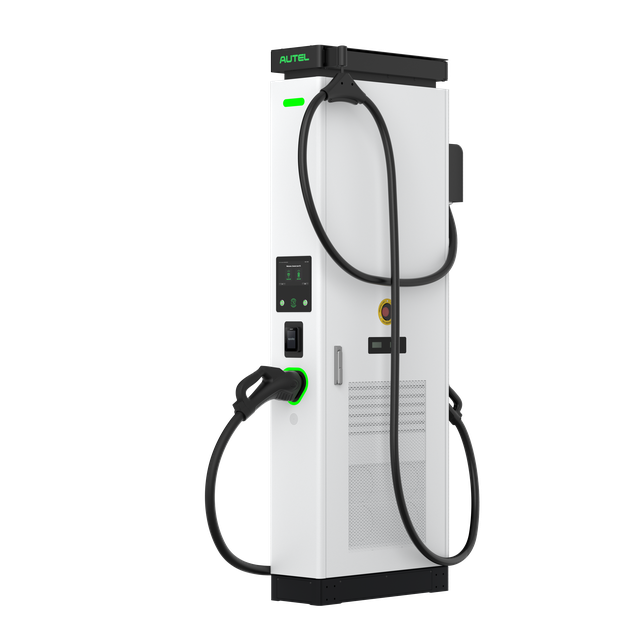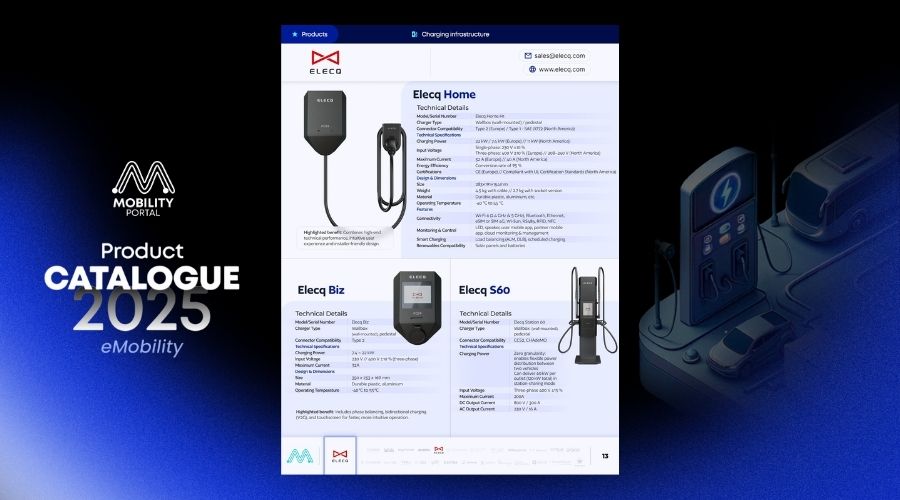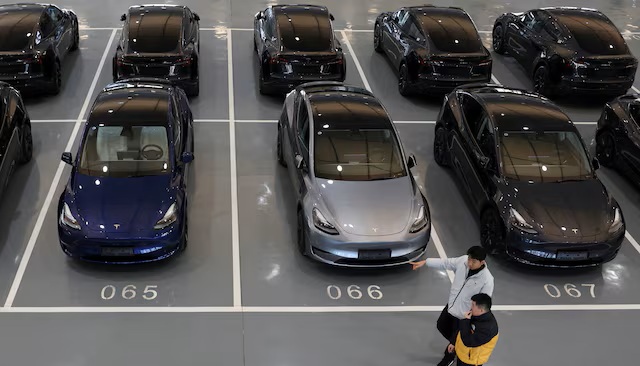Although charging infrastructure manufacturer Autel Energy is headquartered in Shenzhen, the company does not follow Chinese standards nor is it targeting that domestic market.
“We leverage rapid R&D development to scale up production, but our products are aimed at the European market,” explains Andreas Lastei, Vice President of Sales and Marketing at Autel Energy Europe, in conversation with Mobility Portal Europe.
In this regard, the company is seeking to strengthen its presence in the DACH region, comprising Germany, Austria and Switzerland.
“We want to send a clear signal that we are ready for the German market and its requirements,” Lastei affirms.
To enter these countries, certain technical requirements must be met, one of the most well-known being the Eichrecht regulation.
“Our latest product portfolio complies with this regulation,” confirms the executive.
Why is Autel focusing on Germany?
The decision is based on research published by the German office responsible for charging infrastructure, which shows that there is still much to be done.
“We have identified great growth potential through to 2030: at the very least, the number of public chargers must be quadrupled – and ideally, increased eightfold,” he notes.
He continues: “There are still many areas, especially in rural zones, where we can offer a combination of alternating current (AC) and direct current (DC) charging.”
Also, in some parts of Germany, public charging is needed, as not everyone has a home with a garage.
“There is still a long way to go across all types of areas,” he states.
Read more: Germany’s 5 Best and Worst Regions in the Race to Hit 2030 EV Charging Goals
Autel highlights the need for standardisation in charging
When asked about the main challenges facing the charging infrastructure sector, Lastei points to the lack of standardisation: “Any kind of unification would make our work easier.”
He elaborates by saying that “the French, for example, are now taking inspiration from Eichrecht and will likely introduce some changes.”
“That’s why we started with Eichrecht, which is the most demanding standard in Europe, and from there we move on to the others,” he adds.

It is also worth noting that the company is working on standards for the Megawatt Charging System (MCS).
“That will be a challenge, because it requires bringing together various actors from different fields: one is responsible for the controller, another for the communication protocol, we are the manufacturer, and you also need to involve the vehicle OEM,” the executive explains.
In this sense, interaction among all these stakeholders is essential.
“It’s crucial, because customers are now looking for complete solutions, such as integration with photovoltaic systems or batteries – all from the same provider,” explains Lastei.
“It’s no longer just about delivering a charger, but about offering a full package as a manufacturer, and that’s a challenge,” he adds.
What are CPOs looking for?
What are charge point operators (CPOs) currently seeking?
According to Lastei, it depends on the use cases they are addressing, as Autel offers a comprehensive portfolio ranging from AC home chargers to megawatt-level solutions – each one tailored to very specific needs.
Nonetheless, he points out that major CPOs such as E.ON and EnBW in Germany, along with other network developers, are now focusing on distributed charging solutions.
He also recognises that fleet charging is gaining traction, particularly with depot-based systems.
“In those cases, distributed architecture can be very interesting – DC charging, but also a mix of AC and DC for semi-public settings,” Lastei remarks.
“We have a wide range of use cases and tailored solutions for all of them,” he concludes.
READ MORE
-
ELECQ highlights easy installation, V2G and intuitive touchscreens in the eMobility Book 2025
The Chinese company stands out in Mobility Portal’s international catalogue with charging solutions for both residential and public environments. What are the key advantages?
-
New partnership to boost fleet and workplace charging across the UK and Europe
As part of the partnership, Octopus will integrate Monta’s all-in-one platform, Monta Hub, to further simplify the management of chargers, users, payments, and energy consumption for fleets of all sizes.
-
Tesla’s China sales fall to 3-year low amid tepid demand
Tesla’s poor performance in the world’s largest auto market follows dismal sales last month in European countries such as Germany, Spain, the Netherlands, and the Nordics.











